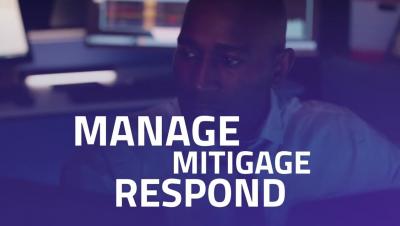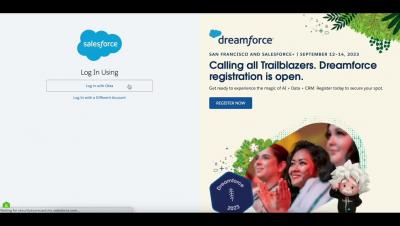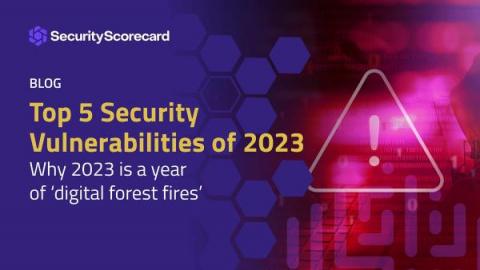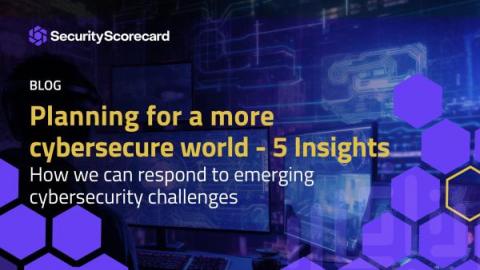6 Myths About Cybersecurity Ratings (and 1 Truth)
Today, electricity is so ubiquitous that it’s difficult to perform even basic tasks without it. But when electricity was first introduced, it took decades for broad acceptance and adoption because it was misunderstood and misused. Slowly, the benefits began to outweigh the cons. As with any innovation, there are setbacks, but electricity has overwhelmingly been a force for good. The same can be said about cybersecurity risk ratings. Are they perfect? No.











